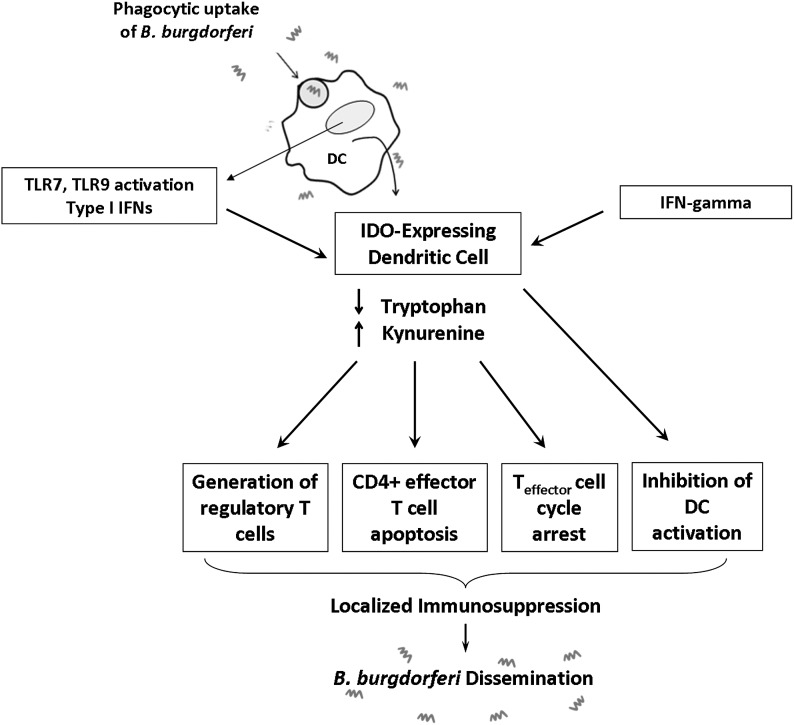Figure 8. Model depicting potential immunoregulatory mechanisms elicited by the B. burgdorferi-dependent IDO expression observed in human PBMCs.
Following phagocytic uptake of B. burgdorferi, the bacterium is degraded within the endolysosome and cellular contents released. Nucleic acids activate DCs via TLR7- and TLR9-mediated signaling, leading to the generation of type I IFNs [4, 10] and IDO. IDO production, depletion of tryptophan, and generation of kynurenines can exert cytotoxic effects on T cells, inhibit T cell proliferation during G2/M phases of mitosis, generate regulatory T cells, and inhibit activation of adjacent DCs. These effects can work in concert to amplify local immune suppression at the site of infection, which B. burgdorferi may exploit to facilitate hematogenous dissemination.

